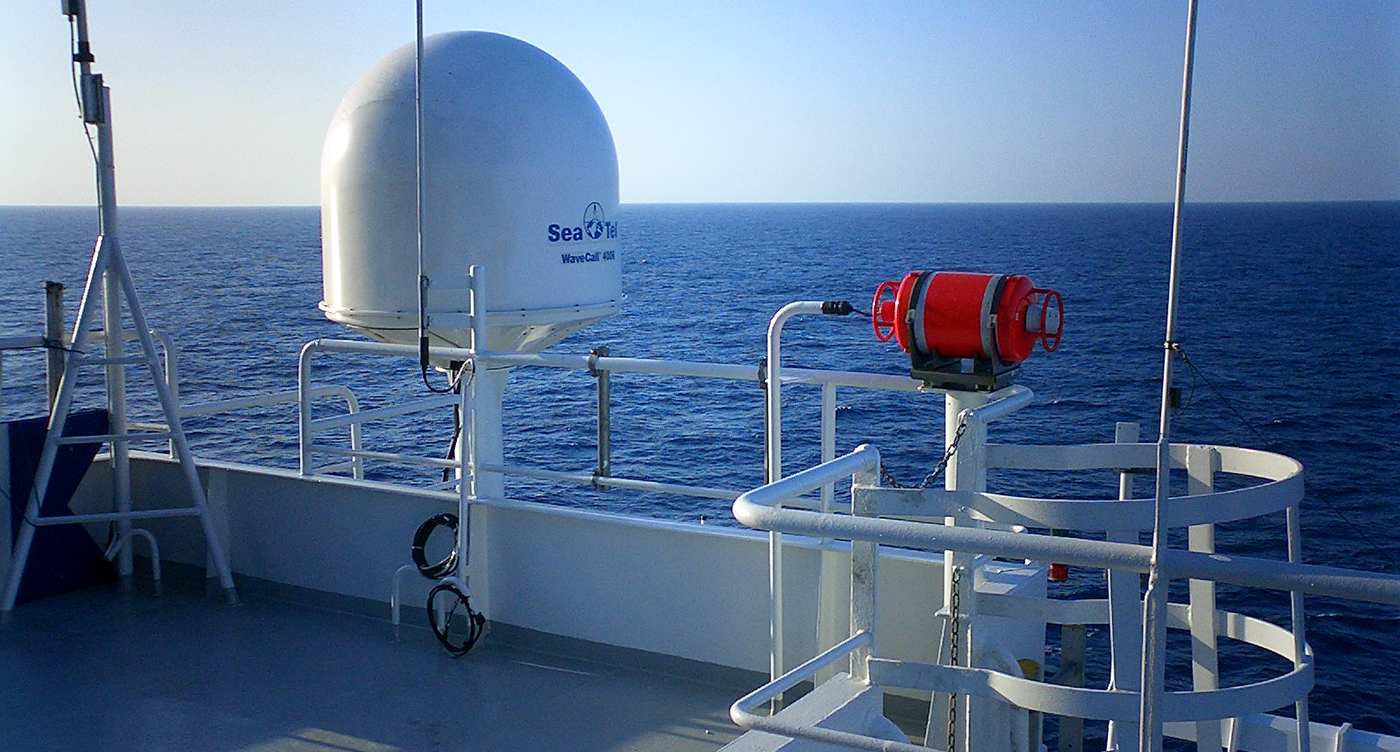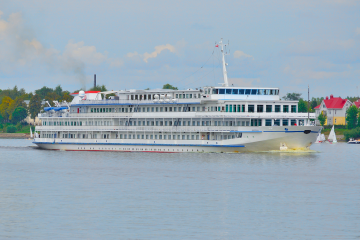VSAT or TVRO for onboard TV delivery?
Providing advanced entertainment and TV services onboard ships has become increasingly important to both passenger and commercial vessel operators in recent years. In a competitive environment, the quality and breadth of the onboard entertainment and video services can directly impact passenger/crew perception and in doing so, ongoing loyalty. As a result the underlying technology used to deliver these services starts becoming a focus.
Let's start by defining a few terms...
VSAT
VSAT stands for “Very Small Aperture Terminal" or also known as satellite internet. It receives and transmits data that is capable of supporting Internet, LAN, IP Voice, data and video traffic onboard a vessel. VSAT typically uses a satellite dish that varies between 60 cm to 2.4 meters in diameter. Multiple VSAT antennas can be used in one ship depending on the ship location. Importantly, VSAT can be easily upgraded and installed on older ships, while supporting both the IPTV system and local RF network.
TVRO
TVRO stands for “Television Receive Only.”, or satellite TV. It is a satellite distribution system for delivering programs to TV headend and systems. TVRO operates with modern C- Band or Ku- Band only and it requires a receiver along with a satellite dish antenna that varies between 60cm to 3meters in diameter. A large vessel may require multiple antennas to receive the required channel line up onboard and to ensure that signals are received from the relevant satellites during geographical block outs.
How VSAT is changing the Maritime Industry
Historically, delivering onboard communication and TV services was a major challenge for Cruise Operators due to the complexity of installing multiple dishes to support two different systems, TVRO and VSAT.
In recent years, the flexibility of VSAT has meant that many Operators are using this technology as the sole data distribution method. Cost savings, simplicity of installation and ongoing operation efficiencies have been major reasons touted for this change, however there are other aspects which make VSAT an interesting consideration.
7 Reasons why Maritime VSAT is the future for Onboard Entertainment
- One dish solution - VSAT only needs one dish to receive and transmits data and streaming TV services, while TVRO requires several dishes depending on the channel line up and the location of the vessel.
- Low Maintenance - VSAT is considered a low maintenance satellite system given it doesn't require constant updates when adding new channels if the VSAT satellite changes suddenly. TVRO on the other hand requires constant updates when changing the channels or the position of the satellite coverage.
- International TV channels - VSAT offers the option for international TV channels as well as the bitrate (and therefore viewing) quality per channel. For example, increasing the bit rate of a select sports channel during a football match.
- Special channels - VSAT offers the ability to create tailored channels allowing operators to customise their channel line-up to cater for passengers and crew. This has not been an option with TVRO systems.
- Low cost - There are more than 150 VSAT service providers in the market. This competitive environment has resulted in the introduction of more light weight, compact systems, making VSAT more affordable and easier to install.
- Easy to manage - One system is easier to manage than having two different systems with multiple dishes.
- Passenger own devices - Channels can be sent with a dynamic bitrate to enable TV mobile usage on passenger's own devices.




